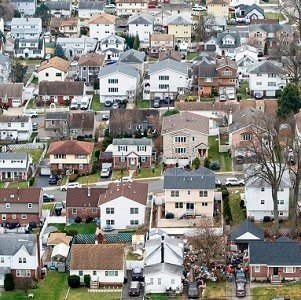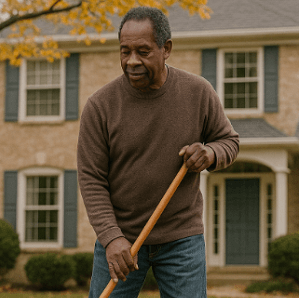A recent study by Yale School of Medicine researchers has shed light on the complex relationship between neighborhood disadvantage and mortality rates among older adults in the United States. The research, published in JAMA Open Network, examined data from the National Health and Aging Trends Study (NHATS) to evaluate the prevalence of neighborhood disadvantage and its association with long-term mortality in a nationally representative population of older Americans.
The study found that 15.6 percent of community-living older adults in the continental United States reside in disadvantaged neighborhoods. These areas are characterized by high unemployment rates, poor housing conditions, low school quality, and poverty. Dr. Thomas Gill, the Humana Foundation Professor of Medicine at Yale and lead author of the study, emphasized the importance of understanding contextual social determinants of health, stating, “While individual-level predictors such as age, sex, and comorbid conditions have been well-studied, less is known about the environment—or, in this case, the neighborhood—in which you live.”
The research revealed significant disparities in the prevalence of neighborhood disadvantage among different subgroups. Notably, individuals who did not complete high school were three and a half times more likely to live in disadvantaged neighborhoods, while those with frailty were twice as likely. Geographic variations were also observed, with certain areas, such as Mississippi and Alabama, showing higher rates of neighborhood disadvantage.
Initially, the study found that neighborhood disadvantage was associated with an 18 percent increase in mortality over a 10-year period. However, this association was no longer statistically significant after adjusting for participants’ socioeconomic characteristics. Dr. Robert Becher, co-author and associate professor of surgery at Yale, highlighted the potential “significant downstream consequences in the lives of older adults” resulting from neighborhood disadvantage.
The researchers acknowledge the need for further investigation to determine whether neighborhood disadvantage contributes to individual-level risk factors or if individuals with these characteristics are more likely to reside in disadvantaged areas. This study sets the stage for future research aimed at disentangling individual-level indicators from contextual factors, ultimately contributing to a better understanding of health disparities among older adults in the United States.
See “Evaluating the Association Between Neighborhood Disadvantage and Mortality” (December 12, 2024)



